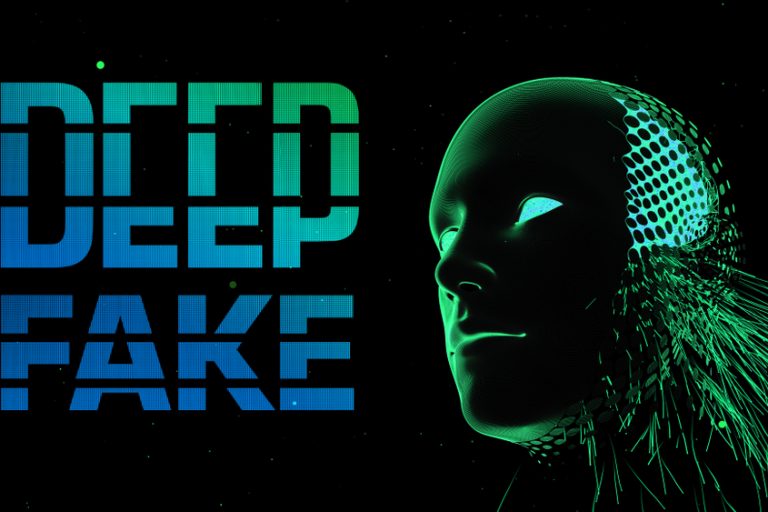Ken Makovsky
Tuesday, April 23, 2019Speaking engagements have long been key tools in the marketer’s repertoire. When an executive is a featured speaker or participates in a roundtable, they can share key insights and build their profiles as thought leaders.
In 2019, an executive speaking appearance should be seen not as a standalone tool but as the cornerstone of a three-part digital marketing campaign. Astute social media usage can extend your reach, grow your audience, and position your brand far beyond the limits of the event itself.
Below, we share best practices for using social media to amplify the impact of speaking engagements before, during, and after the event.
Before The Event: Spark Interest
In the days and weeks leading up to the event, use social media to both generate awareness of the event and pique your audience’s interest in the subject matter. Is the speech part of a broader trend? Can the audience expect to learn something useful? Create social posts that tell your audience why they should be interested in hearing your expert speak.
Best practices include:
- Get visual: Develop social graphics that provide basic information about the event and the discussion topic in a creative way. This will grab attention in a way plain text can’t..
- Encourage sharing: When your employees and greater network share your posts with their own audiences, you can reach more perspective attendees.
- Engage: Use appropriate event-specific and topical hashtags, and mention the event host or fellow speakers to create engagement around your content.
- Drive Participation: Where can your audience sign up or learn more? Provide a link as a call-to-action.
During The Event: Broadcast
Don’t limit your audience to the individuals physically in attendance. Instead, use Twitter to provide live updates from the event. What key insights are you sharing?
Be sure to include:
- A Strong Introduction: Before live-tweeting, introduce the event and speaker and notify your audience that you will be live-tweeting.
- Deliver Valuable Insights: Don’t just provide an overview of what your speaker is talking about. Be sure to focus on highlighting key points that showcase the speaker’s expertise and point-of-view.
- Thread your Tweets: Enable audiences to follow along with the speech by keeping your tweets organized.
- Use Hashtags: Always use 1-2 relevant event hashtags to drive traffic to your posts.
After The Event: Continue the Conversation
Don’t end your efforts when the event ends! A quick video or blog post summarizing key takeaways can extend your thought leadership platform beyond attendees, create an evergreen piece of content, and build a two-way conversation with your audience.
- Be a Resource: What did people miss if they were not able to attend the event, and, how can they learn more? Be sure to link any other relevant content when you post to your website.
- Focus on the Why: Don’t just share basic facts. Why do these insights matter? What do they tell your audience about your industry’s outlook?
- Socialize: Once you’ve created a piece of recap content, share it in appropriate formats across your social channels, and encourage your employees to do so as well.
Speaking engagements are the perfect opportunity for experts to share their knowledge with a crowd, but take advantage of social media to help their knowledge reach a larger audience.
. . . . .
If you’re looking to develop a social media strategy around upcoming event, also check out this blog post: The Four Biggest Flaws In An Ineffective Social Media Strategy.










